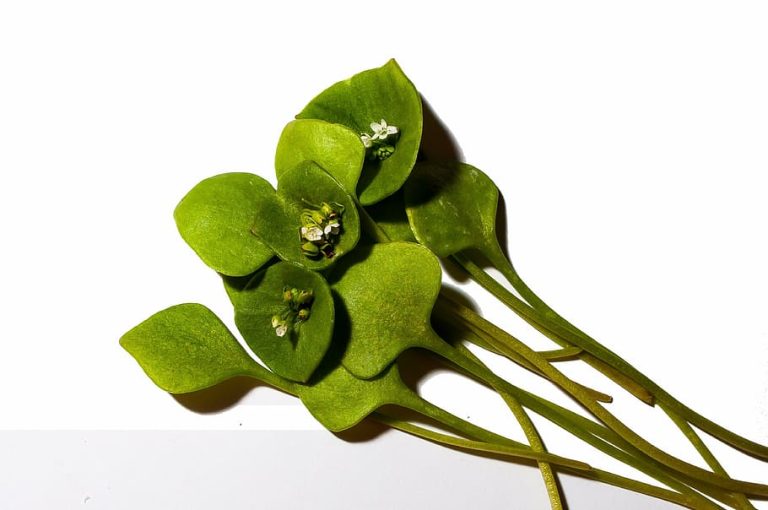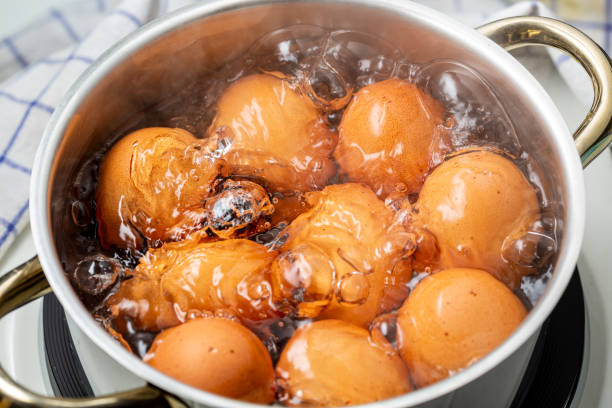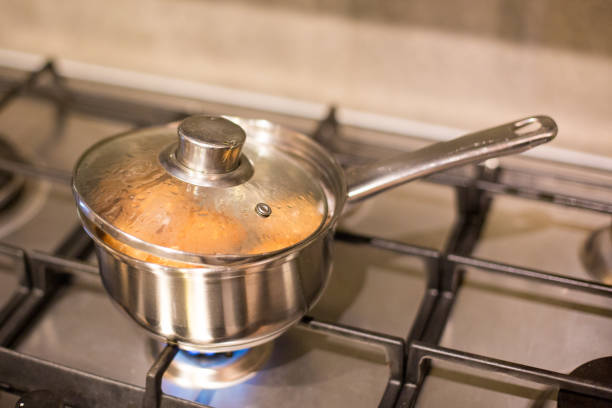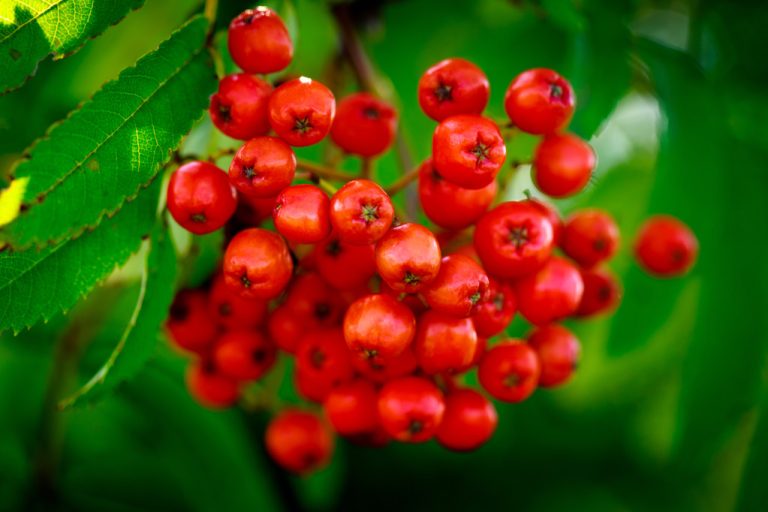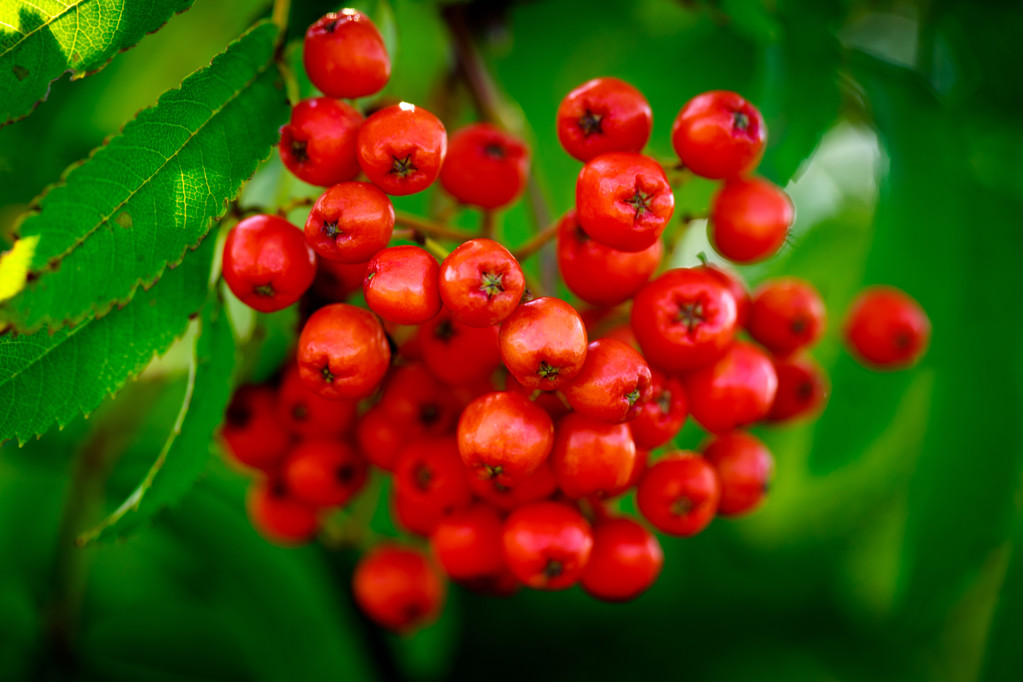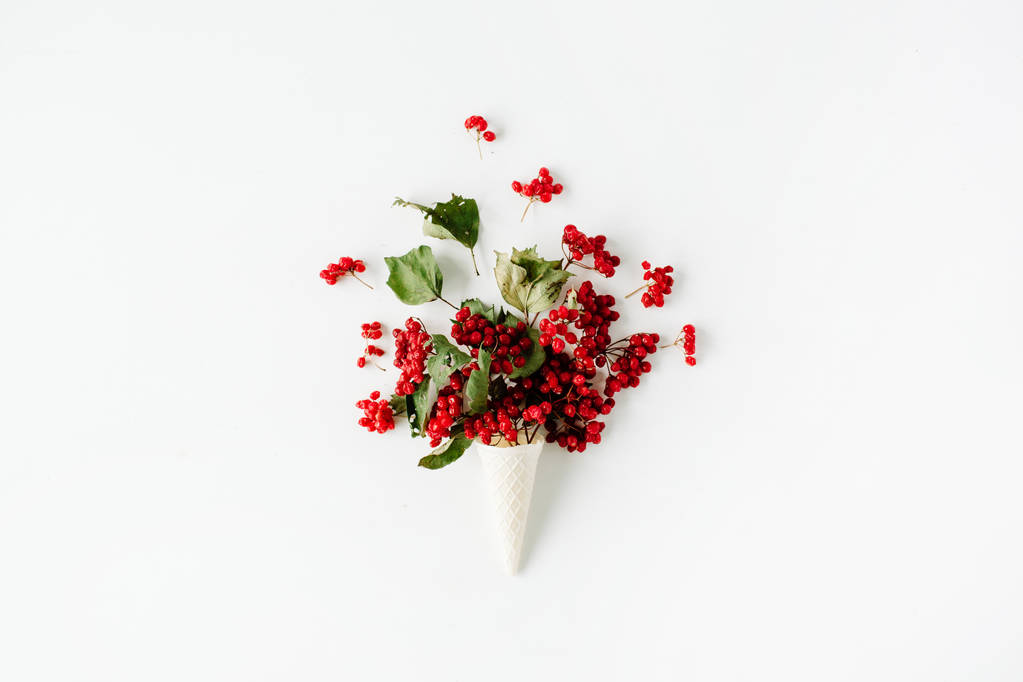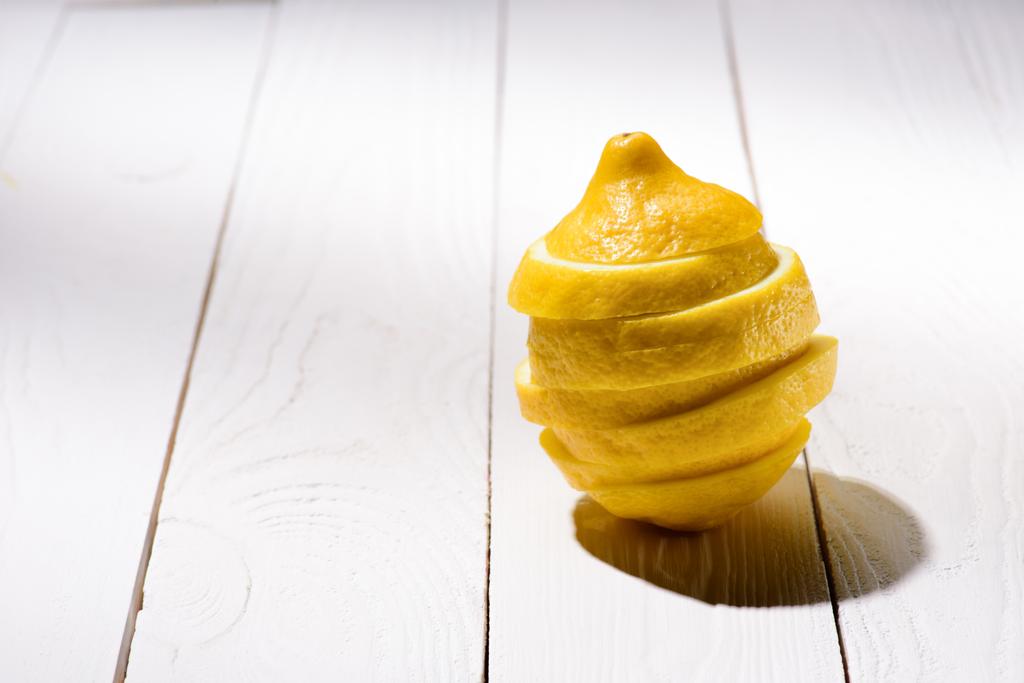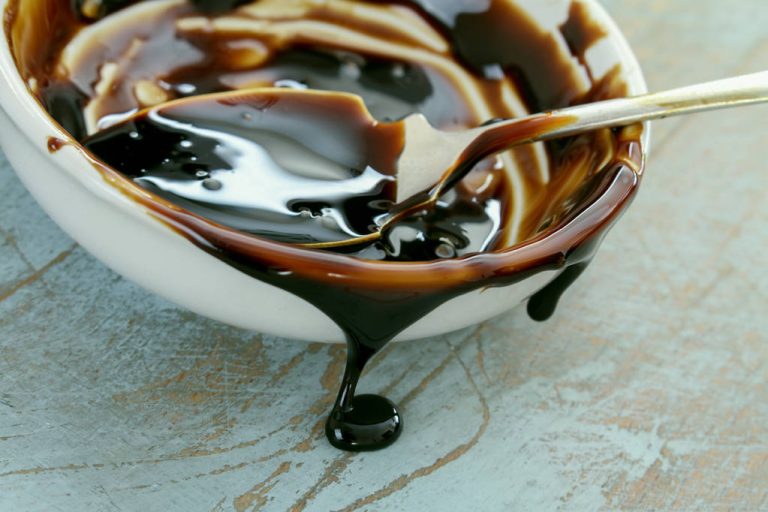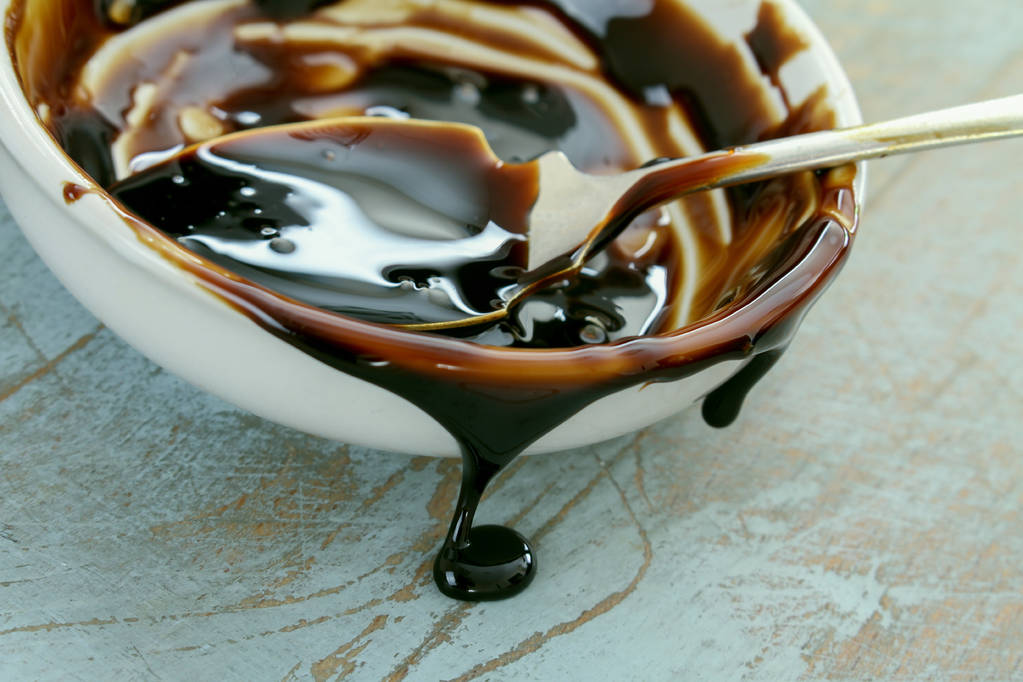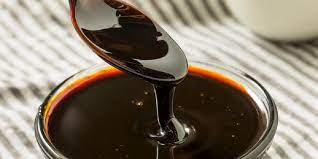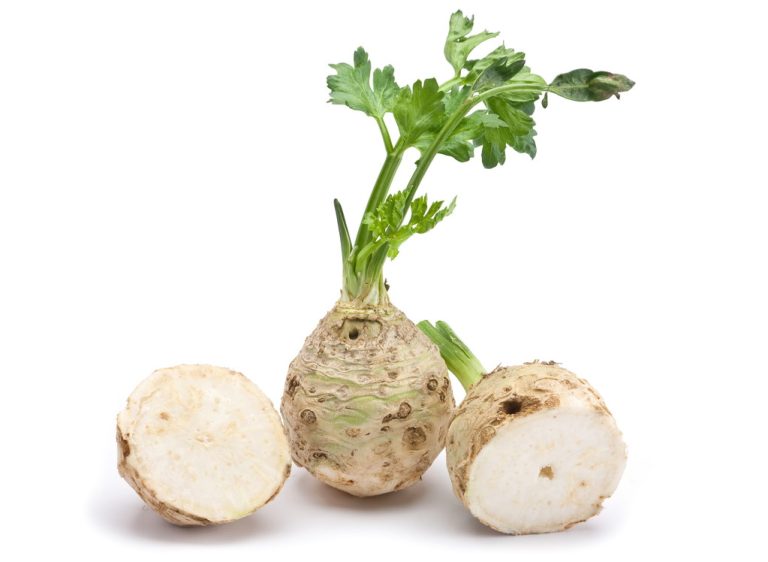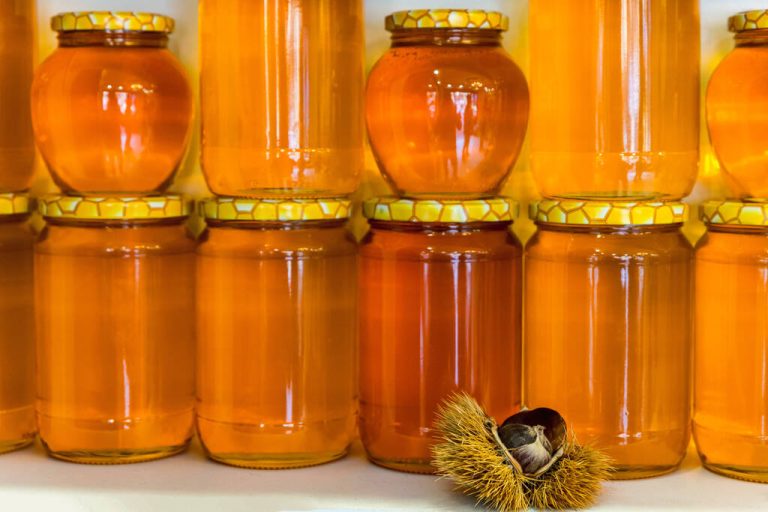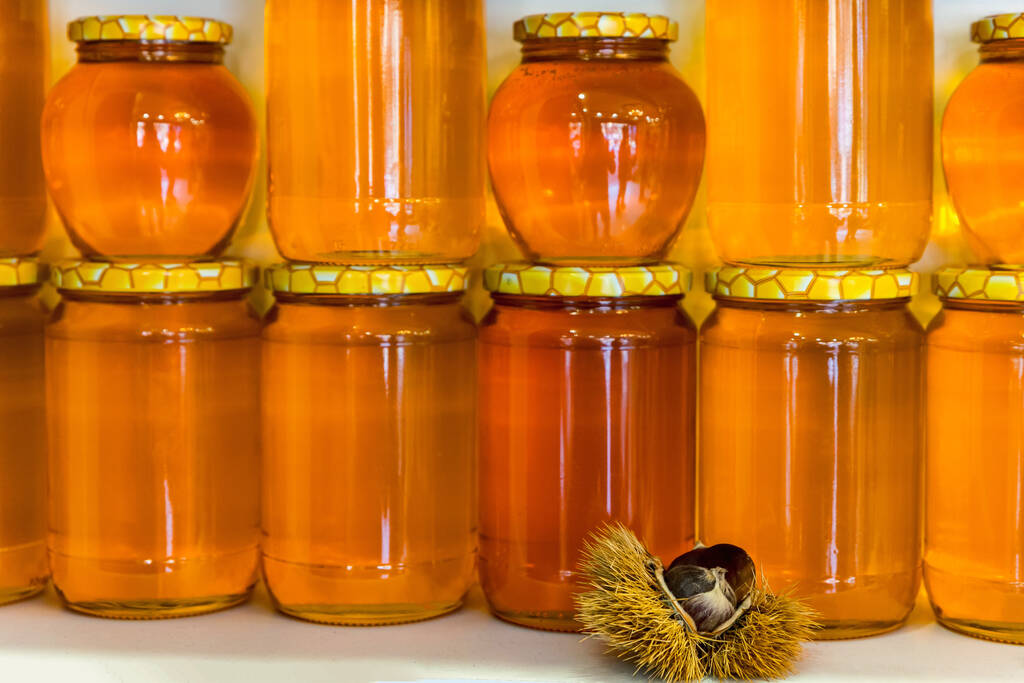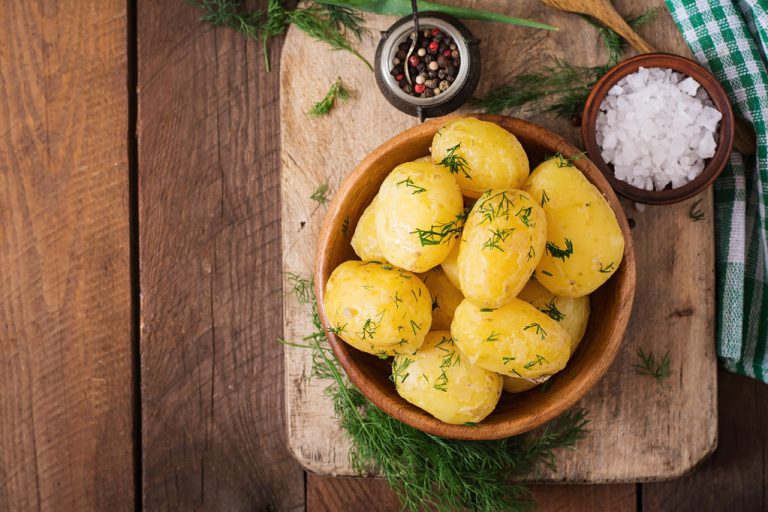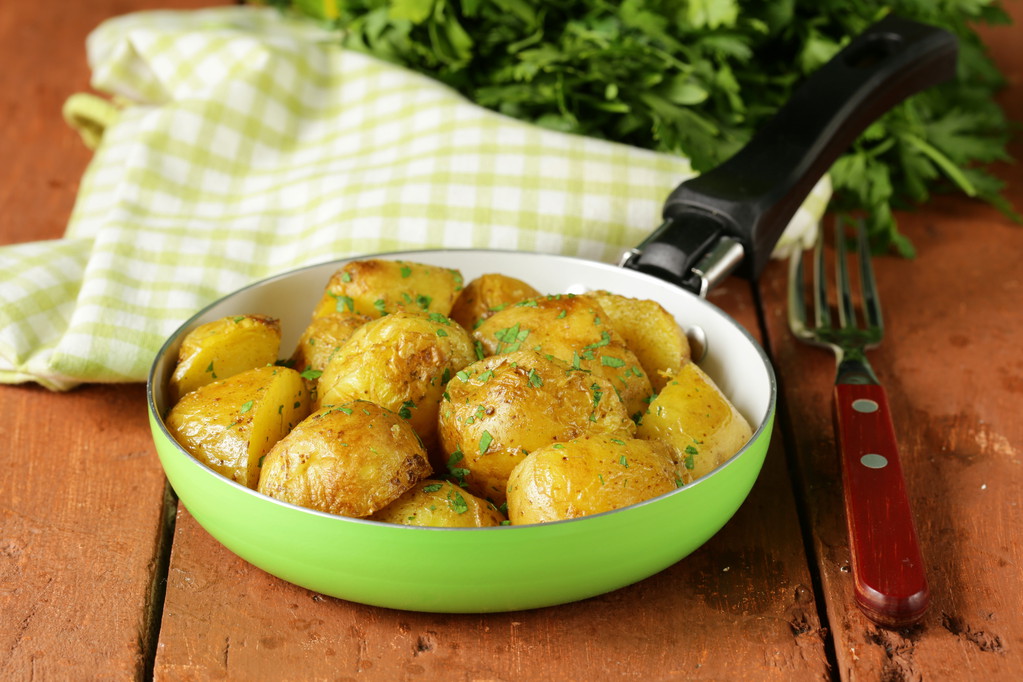Postelein is a hardy leafy vegetable and provides you with valuable vitamins even in the cold season. Here you can find out how to plant Postelein yourself. We also show you a simple recipe for salad with Postelein.
Postelein is a healthy leafy vegetable for the cold season. That is why the plant is also called winter purslane, although it is not related to purslane itself.
Postelein belongs to the springwort family and is also known as common plate herb. The annual plant originally comes from North America, but has also been cultivated and valued in Europe for many years.
Postelein has been somewhat forgotten in recent years. The regional leafy vegetables are easy to care for and provide you with vitamins even in the cold season.
Postel in your garden
You can easily plant Postelein in your garden. The lettuce is easy to care for and particularly suitable for the winter. Postelein withstands cold temperatures down to minus twenty degrees.
You should consider the following points so that Postelein thrives in your garden:
Location:
Postelein prefers a sunny to half-shady site.
Since the leaves don’t take root very deeply, you can grow the leafy greens on the balcony.
Floor:
Postelein thrives best in well-drained, humus-rich soil.
Before you start sowing, you should loosen the soil well and enrich it with some ripe compost.
Sowing:
The optimal germination temperature for Postelein is below twelve degrees. You should therefore only sow Postelein from the cool days of September. Depending on the temperature, sowing is possible until March.
To do this, make a groove about one centimeter deep in the soil and scatter the seeds densely. Then cover them lightly with soil. If you create several rows, you should keep a distance of four to six inches between them.
At eight to twelve degrees, the seeds need about two to three weeks to germinate.
Care:
Like spinach, Postelein is one of the so-called weak eaters. If you enriched the soil with compost at the beginning, you do not have to fertilize the plants additionally.
Postelein is sensitive to drought. Make sure the soil is always moist.
Harvest:
You can harvest Postelein for the first time after six to eight weeks. Cut the leaves about an inch off the ground.
Similar to arugula, the leaves grow back – so you can harvest regularly.
From April, Postelein will sprout small white flowers. It is then no longer suitable for consumption.
Caution: In the flowering period, Postelein likes to multiply itself and spreads widely. Cut off the flowers early to avoid this.
Recipe for a delicious salad with Postelein
The thick, heart-shaped leaves of Postelein are characterized by their mild, slightly sour taste. The winter salad provides you with something in the cold season
Vitamin C,
iron
and calcium.
Postelein is usually prepared as a salad. Older leaves can also be steamed like spinach. We present you a simple recipe for the tasty winter salad:
Ingredients:
200 g Postelein
1 ripe pear (alternatively 1 apple)
optionally 1 ripe avocado
1-2 cloves garlic
olive oil
balsamic vinegar
Salt
pepper
a handful of walnuts
Preparation:
Wash the Postelein thoroughly and pluck the larger leaves into small pieces.
Also wash the pear and cut it into small cubes.
Divide the avocado and cut the flesh into cubes.
Peel the garlic cloves(s) and cut them into fine pieces.
Mix all ingredients in a suitable container.
Season your salad with olive oil, balsamic vinegar, salt and pepper.
Garnish with walnut pieces before serving.

